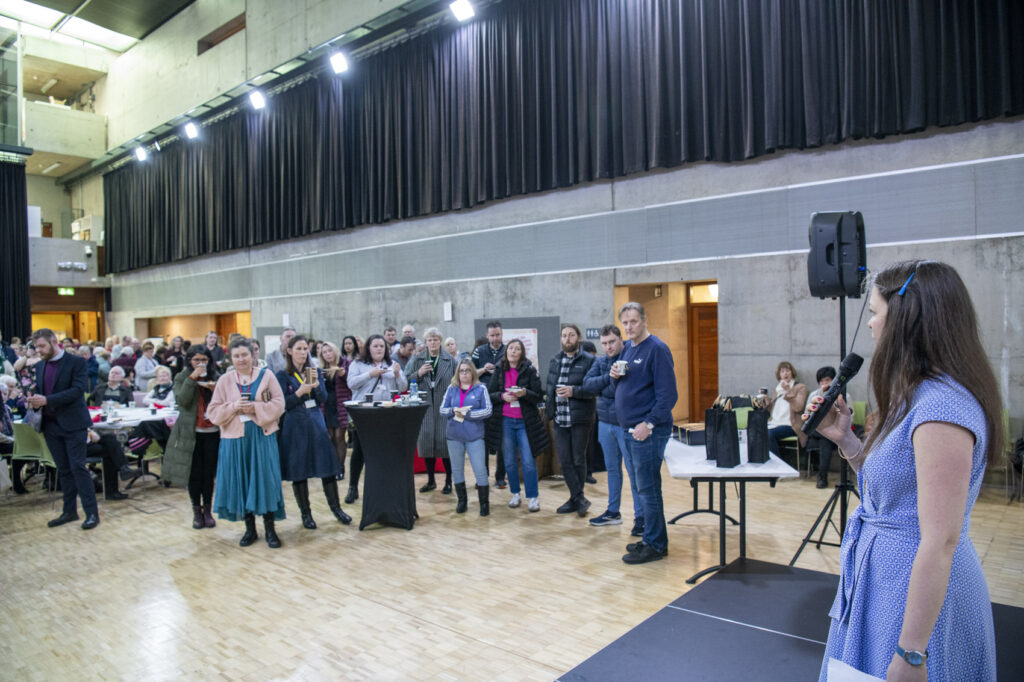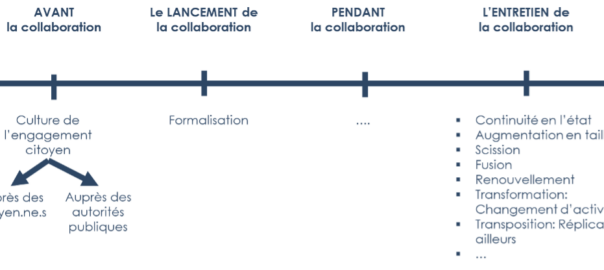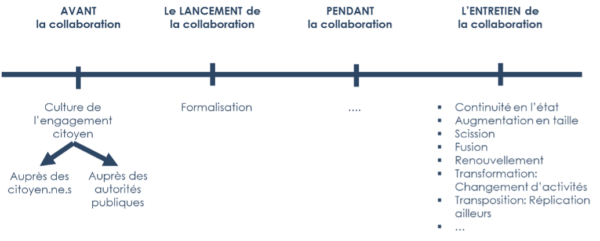I have been a Lady Mayoress for half a term now. After the Lord Mayor’s account of the first half of his mayoralty, it is my turn to account for my first entry into the role of Lady Mayoress.

In these first six months, I have had the opportunity to meet with wonderful people and to become familiar and support many projects borne by Corkonians:
Continue reading




